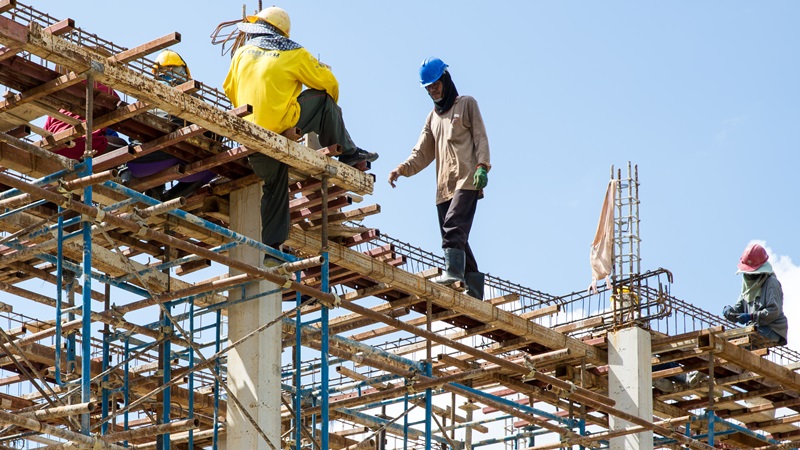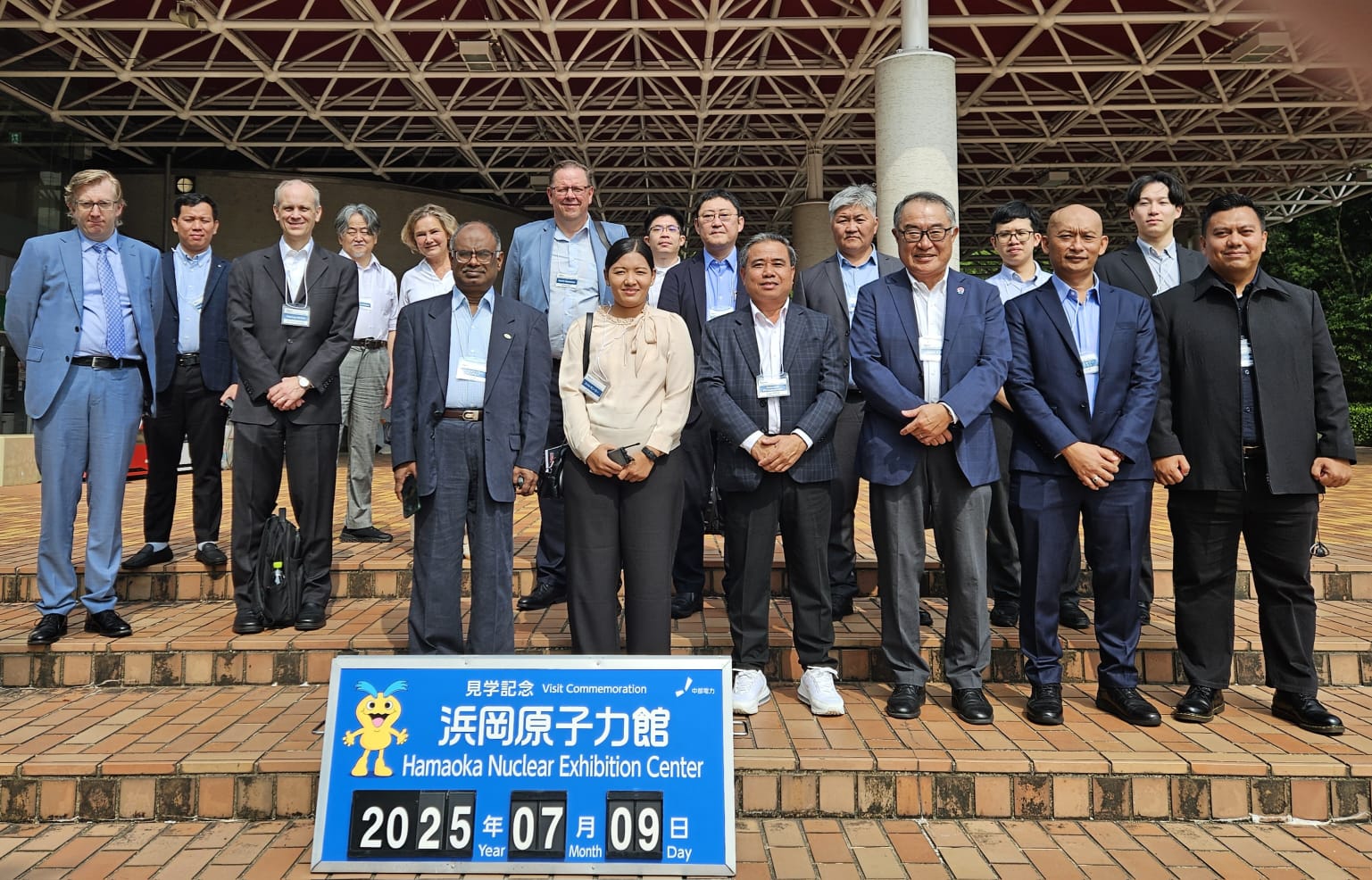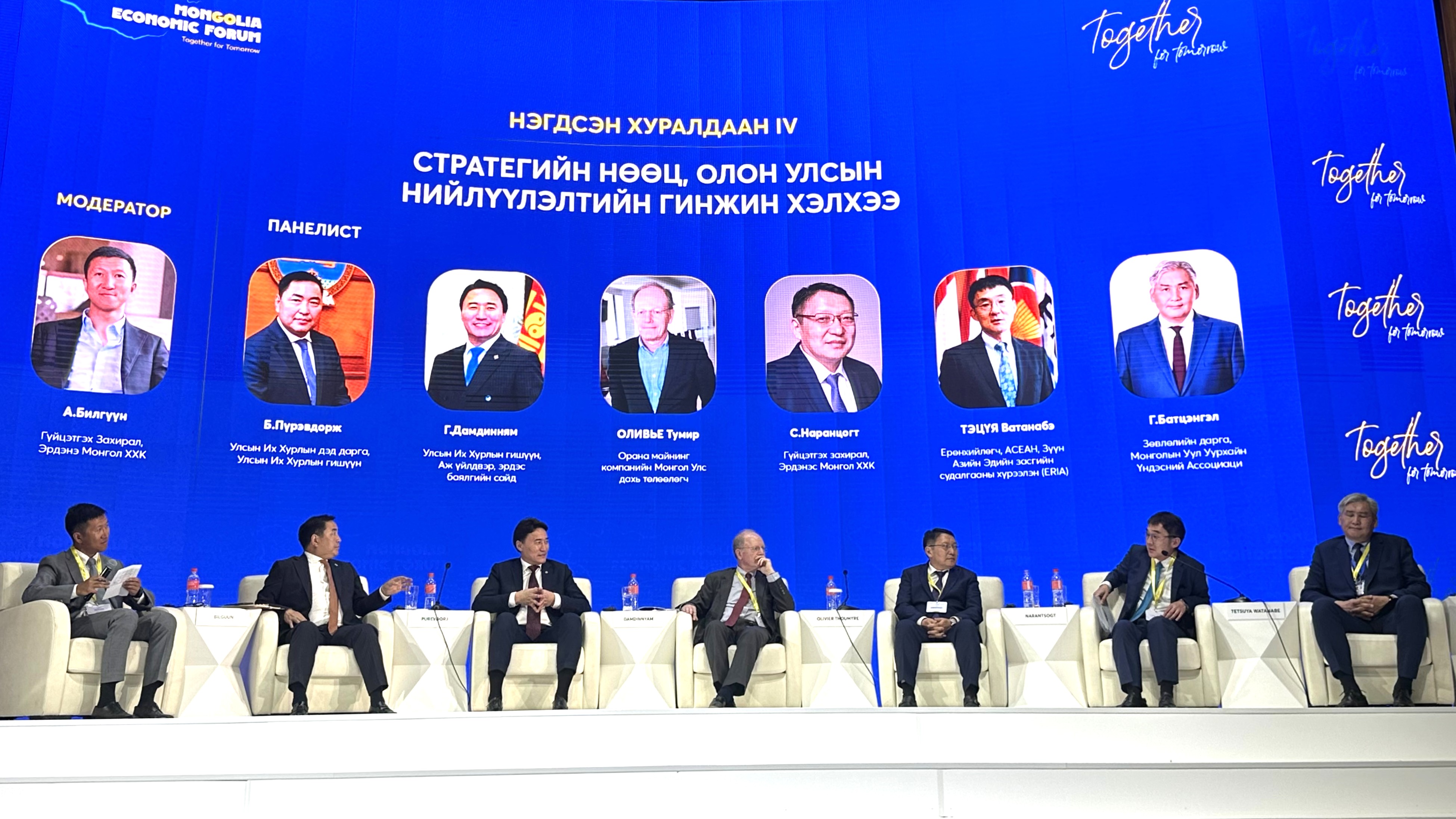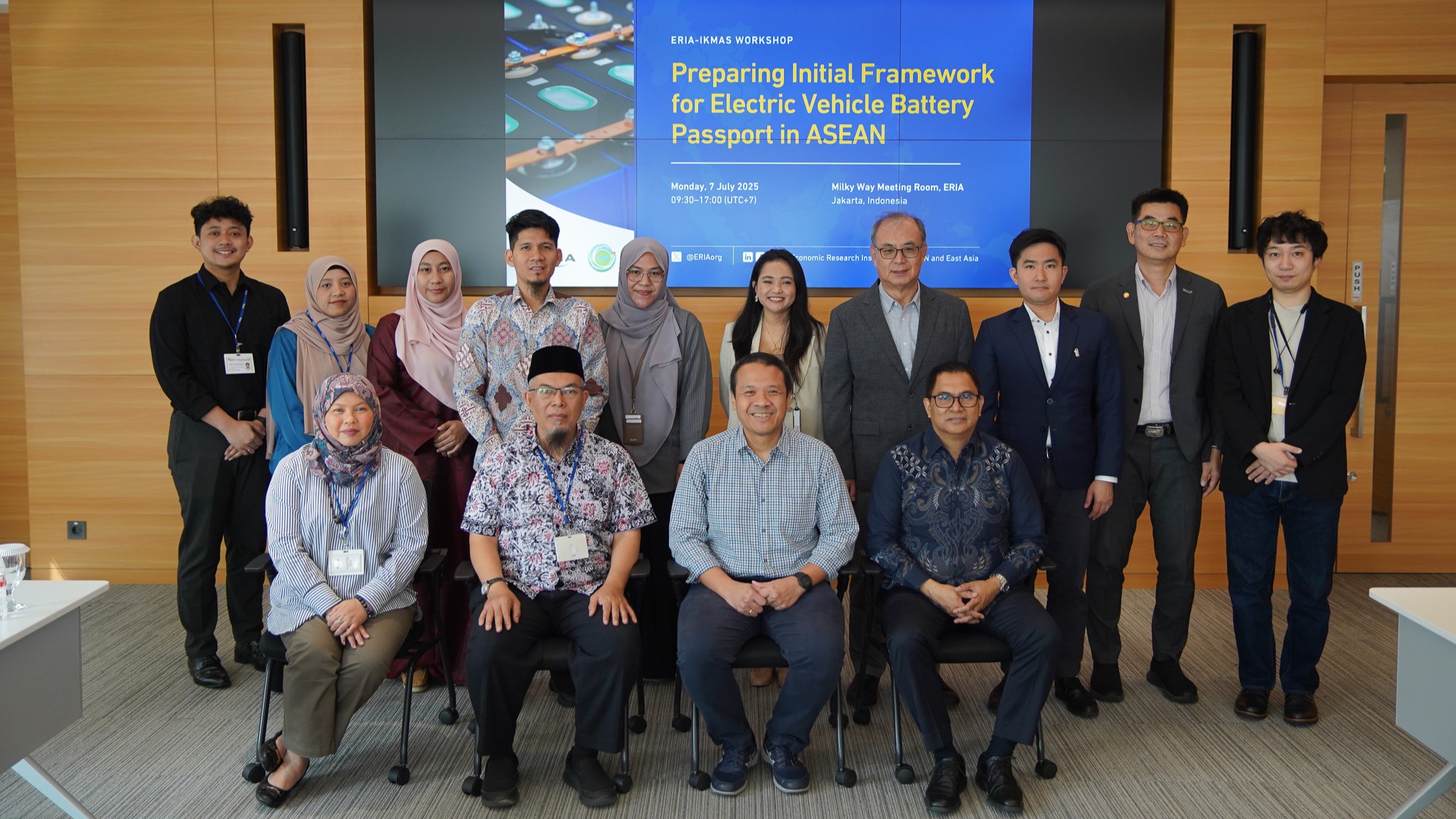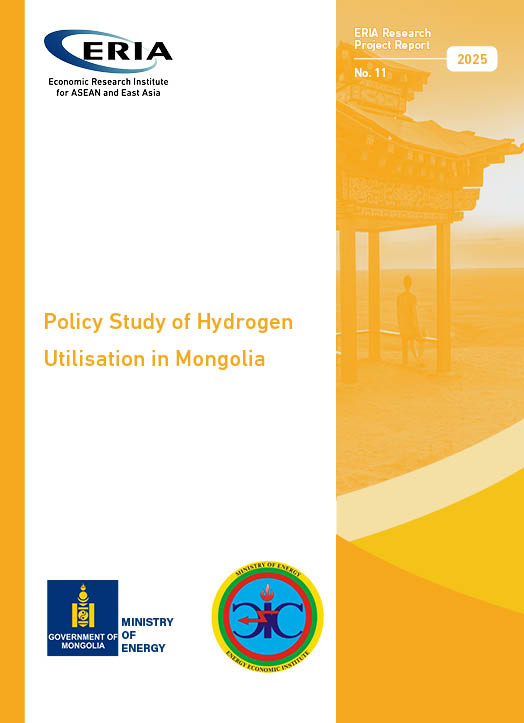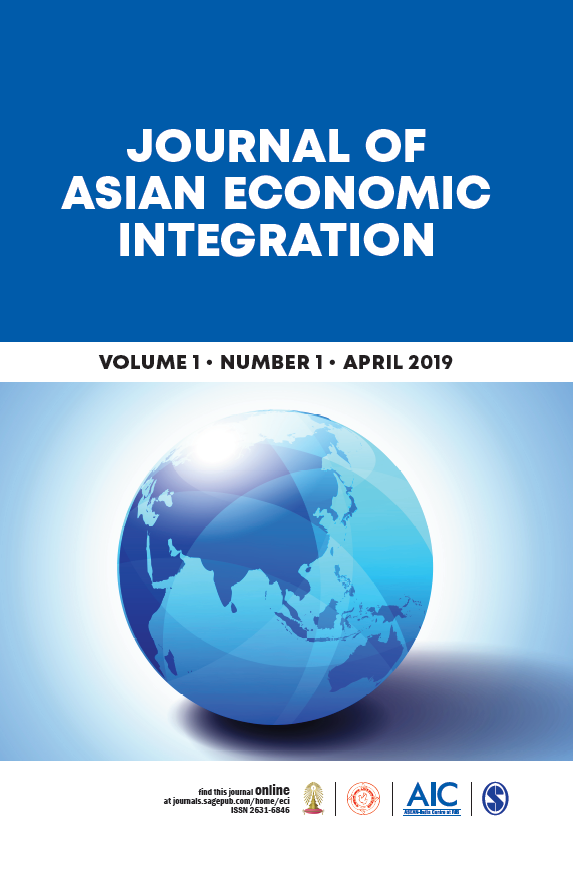How to Unlock the Potentials of ASEAN to Advance the SDG 2030 Agenda?
Date:
31 October 2016Category:
OpinionsShare Article:
Print Article:
Building on the success of the Millennium Development Goals (MDGs), in September 2016, world leaders signed up to the Sustainable Development Goals (SDGs). One year on, some good progress on the SDG 2030 Agenda has been made by Association of Southeast Asian Nations (ASEAN) member states, businesses, and non-government organizations: they have made assessments of what the 17 goals entail, made commitments, started testing the feasible policy options for prioritizing the implementation, and confirmed their shared roles in delivering these ambitions.
But there has been a missing element in all these activities, needed to hold all the goals and actors together: systems thinking. Systems thinking identifies the interactions between different parts of a system and ensures they deliver more than the sum of their parts.
We are pretty good at setting goals such as the SDGs, the ASEAN Economic Community (AEC) targets, the Paris Agreement, etc. and then working hard to achieve them. But for the SDGs to really shift ASEAN member states onto a sustainable development path, the countries need to seriously engage in joint thinking that goes deeper to address underlying causes. Successfully delivering the SDGs requires a strong systems approach at the regional level, across the sectors, and that involves the public-private stakeholders.
For organisations rising to the challenge, that means operating at three stages - working together to achieve individual goals; taking into consideration the inter-relationships among the goals; and finally delivering the goals in a way that models the characteristics needed for a sustainable society.
Stage 1: The know-how of sustainable development
How is ASEAN addressing the Sustainable Development Goals? What are the underlying principles that will drive success? Are there lessons to be learned from the Millennium Development Goals?
If today's global and regional governance architecture and markets were working very well for everyone, we would not need to set SDGs for ending poverty, building resilient cities, and tackling climate change through clean energy development. The current economic, political, and social systems of countries evolved without much consideration for sustainability, so developmental efforts constantly risk being undermined.
How we go about tackling the SDGs is as important as what we do to tackle the value system: are we modelling the values and behaviours a sustainable world requires? That means ASEAN member states are being inclusive in their governance, naming the assumptions they are making about what will work at the regional level and in what context, and, finally, getting serious about sectoral policy changes to take control of their own destinies.
Stage 2: Joint efforts to achieve individual SDG goals
How can ASEAN ensure combined activities across the region on ending poverty or tackling climate change add up to more than the sum of their parts?
The first thing the countries involved can do is to identify what the SDGs are actually for, where the interlinkages are, and who holds the power, resources, and innovations that can effect the desired change.
Understanding the SDG as a system in detail enables the countries to identify and unlock the opportunities with the greatest potential for effecting powerful change and bringing about significant shifts. Climate change adaptation at farm level through drought management, for example, underpins the whole food system and thus poverty alleviation efforts should be directed at making fundamental improvements there. Understanding the system goals in detail also allows us to make assumptions about how individual organizational efforts are best combined, and ensure that all the work undertaken is truly complementary.
One year on, working towards achieving the SDGs, many countries have identified which goals are most relevant to them, and have set their own targets accordingly. But the vital next step is to work collectively with others to better understand the wider system all are aiming to fix - be it the global food system, or the use of clean energy - and find the best leverage points to produce the desired changes in the behaviour of the system.
It is essential to make visible and learn from the different individual actions underway so they all add up, or at least so they do not conflict with each other. This is hard as it requires real collaboration, which takes time and requires substantial resources and may seem at odds with the need for urgency.
The "Sustain EU-ASEAN" project is a good example of this approach. Designed to sustain and enhance cooperation on sustainable development between Europe and Southeast Asia, it brings together a group of knowledge institutes across the European Union working on climate change (SDG 13) and sustainable consumption and production (SDG 12). Rather than acting individually, they are combining their efforts and work together to minimise duplication. These initiatives then need to be scaled up, perhaps through organisations like ASEAN in partnership with the Economic Research Institute for ASEAN and East Asia (ERIA). It would be extremely useful if they were to map out all the solutions to address SDG 13 ('Take urgent action to combat climate change and its impacts'), in terms of the various contributions by a range of different ministries in a particular country, and discover how they can work together in practice to create a significant impact.
Stage 3: Setting a network of goals
What are the inter-relationships among the SDGs? How can we understand the different drivers and root causes of various goals locally, nationally, and regionally? Which goals work together to deliver significant change in a system, and how do we make the most of those combinations? Where are the tensions between them?
Mapping the activities around the individual goals will certainly accelerate progress. But looking across the goals to assess possible synergies and trade-offs takes us to the next level. Clearly, the SDGs do not work in isolation - health (SDG 3) is impacted by food and nutrition, sanitation, education, and increasingly climate change; the sustainability of cities (SDG 11) is an amalgamation of several of the other goals such as food (SDG 2), education (SDG 4), water (SDG 6), energy (SDG 7), and infrastructure (SDG 9); and so on.
A network of targets with a clear understanding of SDG interactions is needed. Over the next 14 years, ASEAN needs to learn more about and rigorously leverage these interactions, particularly when it comes to the more cross-cutting goals. ASEAN governments should adopt a joined-up approach, because once it is understood how the goals are linked, it is easier to see how to develop action and policies to tackle several at once. At a minimum, as the United Nations reviews progress against each goal, they should not just track the changes in metrics but also the inter-relationships among the SGDs that brought positive changes, and the cross-country learning.
So as ASEAN enters the second year of the commitment period on 2030 SDGs targets, the three-staged approach and systems thinking should be made more central to implementation. As it did for MDGs, ASEAN needs to be practical while accelerating the actions, always keeping the ultimate outcome targeted in mind: a sustainable development model that works for all.
How to Unlock the Potentials of ASEAN to Advance the SDG 2030 Agenda?
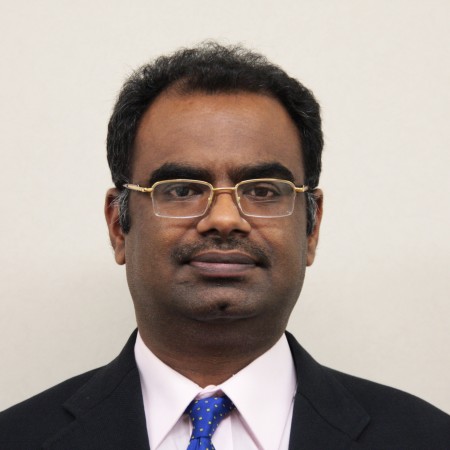 | Dr Venkatachalam Anbumozhi is a Senior Economist at the Economic Research Institute for ASEAN and East Asia (ERIA), based in Jakarta, Indonesia. His previous positions include Senior Capacity Building Specialist at Asian Development Bank Institute, Assistant Professor at the University of Tokyo, and Senior Policy Researcher at the Institute for Global Environmental Strategies and Assistant Manager in Pacific Consultants International, Tokyo. He has published several books, authored numerous research articles and produced many project reports on resource management policies, energy infrastructure design, and private sector participation in Green Growth. Dr Anbumozhi was invited as a member of the APEC Expert Panel on Green Climate Finance and the ASEAN Panel for promoting climate-resilient growth. He has taught resource management, International cooperation and Development Finance at the University of Tokyo and has speaking engagements at some of the leading international organizations. He obtained his PhD from the University of Tokyo. This opinion piece has been published in Korea Times, The Jakarta Post, and ERIA Frames newsletter in October 2016. These opinions are his own and do not necessarily represent ERIA.Click here to subscribe to the monthly newsletter. |
